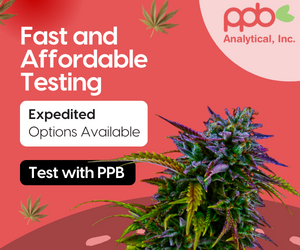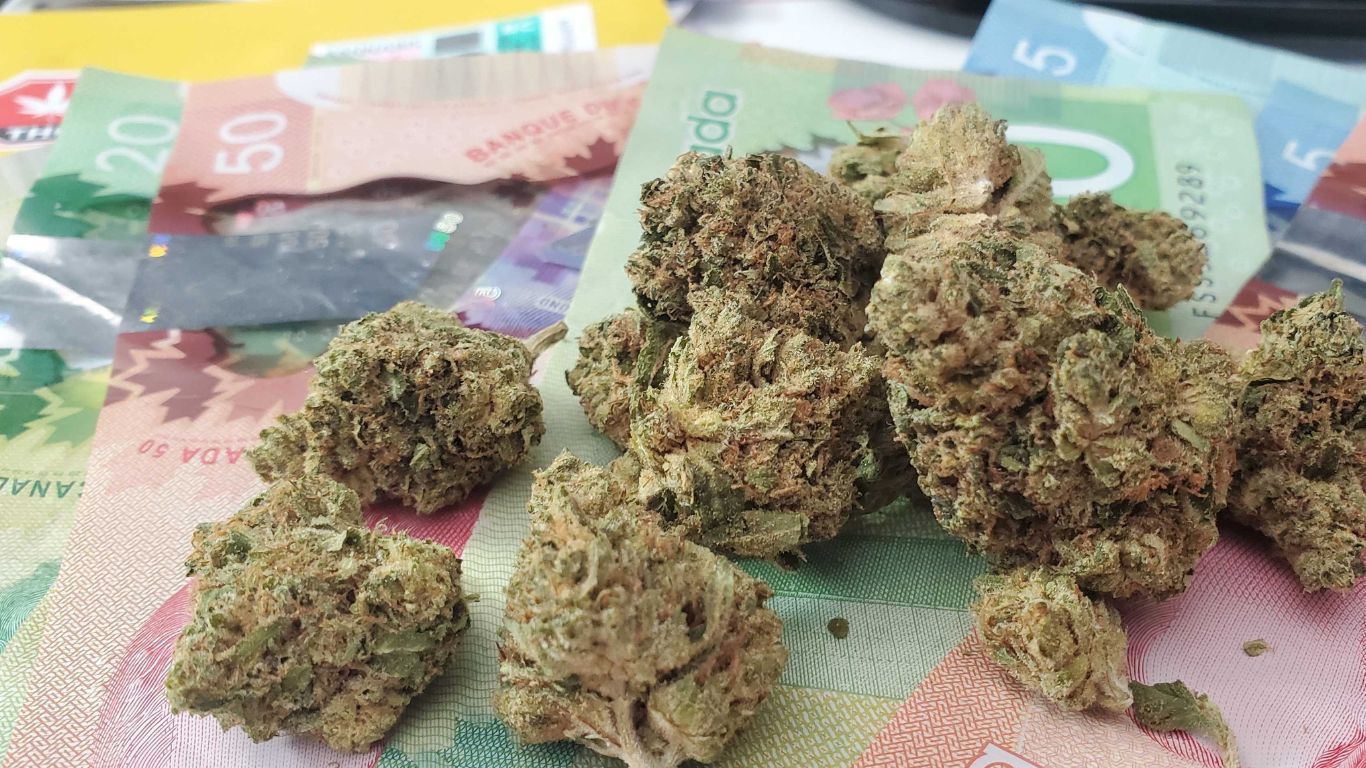
Recent changes to Health Canada’s regulations for dried cannabis products have caused some compliance related concerns for some cultivators. StratCann spoke with several in the industry who say these changes, while potentially challenging, are nothing to fear.
The changes—first communicated in June 2019—represent a shift from treating all cannabis products the same when it came to allowance thresholds for things like microbial and chemical levels, to new limits depending on the intended use of the product, i.e. ingestion, inhalation, topical application.
Previously, Health Canada required cannabis products to meet those kinds of tolerance limits as defined as “herbal medicines”, an approach that gave companies flexibility in what types of standards they adhered to. A company could choose, for example, limits from the European Pharmacopeia where limits for things like bacteria and moulds were relatively high, in the thousands or tens of thousands of colony forming units (CFUs).
But in anticipation of new product categories that were introduced in October 2019 like edibles, topicals, and extracts, the regulator created new standards depending on the intended use of the products.
Because dried cannabis (or other extracts for smoking or vaporization) are intended for inhalation, they must meet the more strict requirements within their chosen pharmacopeia for the purpose of inhalation. This change represents a move from the thousands or tens of thousands of CFUs to the tens or hundreds of CFUs.
Because of this, some producers have expressed concerns that these new limits will make it more difficult to pass testing, or will force them to use remediation services like irradiation or e-beam sterilization.
This isn’t necessarily the case, though. Devin Sears, Director of Research & Development, Labs-Mart, an analytical testing lab that serves the cannabis industry says the issue ultimately comes down to each producer’s quality assurance standards and practices.
“For some producers the new micro limits may dramatically impact their operations, for others it may not,” says Sears. “It really depends on your methods of production and your quality assurance protocols.”
“If you’re a producer that’s concerned about the new microbial limits, the first step is to go back and look at your historical data to assess whether or not your products will be impacted. If your past test results indicate that your products are already below the new limits, then you may not need to make any adjustments.
“However, if the data indicates that your historical lots would not pass the new limits, then it’s imperative to consider where your operation may need to be updated. At the very least, your documented quality specifications, which outline the typical purity profile of each product matrix, will need to be updated to reflect the new requirements.”
Tairance Rutter, one of the founders of ANC Cannabis, an indoor micro cultivator in Alberta, says the new limits haven’t impacted them at all, although they did catch them by surprise. Although Rutter says he recalls seeing the announcement last year, keeping it on their radar over the last year of operating a new business wasn’t a priority. Still, even prior to the changes he says his products were already meeting the new standards.
“To be honest, we didn’t find out about the changes until the lab we used started testing us under those limits,” says Rutter. “Fortunately for us, we got tested the first time and passed on a full sweep, and then realized after we were being tested under the new limits. So it hasn’t affected us yet, but I can see it being a huge problem for a lot of people because it drops the limits incredibly low.”
“I think it got spun out of proportion,” he says. “Dropping from 10,000 CFUs to as low as maybe 100 CFUs for aerobic counts is a lot, but realistically we’ve been testing in the mid-double digits so we’re already passing anyway. I do see a big issue for maybe the outdoor and greenhouse growers, but there is remediation if needed. We don’t necessarily do it, but it’s something.”
Gord Nichols of North 40 Cannabis, another indoor micro based in Saskatchewan, also says he doesn’t see the changes affecting his operation.
No changes here unless we start failing,” says Nichols, who recently shared with his social media followers that he was temporarily halting his crops as he cleaned out to deal with a powder mildew issue, a very common problem for many cannabis growers. “So far it looks like we will still be okay as our levels will pass the new standards.”
Tom Ulanowski, the QAP at Nextleaf Labs, a BC-based cannabis extractor with several years experience in the cannabis industry, says that the steps a producer takes during production to ensure their product is clean and safe can help ensure they can pass their testing requirements.
“There is no explicit requirement for licence holders to irradiate cannabis products such as dried cannabis,” says Ulanowski. “If the producer’s sanitation and hygiene protocols, building design, climate controls, equipment, and overall processes can consistently ensure that microbial contamination is kept to a minimum, then gamma irradiation or electron beam sterilization is likely not required.”
“I think that cultivators, processors, and testing labs alike were likely aware of the coming changes, but were simply too busy to make the required changes ahead of time. Now that these changes are in force, some licence holders appear to be scrambling to ensure their products meet the new requirements. This has happened nearly every time the regulations governing the production and sale of cannabis in Canada have changed.”
Like Rutter at ANC, he says he can see this being more of an issue for outdoor and greenhouse growers, who have less of a chance to control the environment in which their crop grows.
“I believe that if sanitation standards are kept high, personnel adhere to strict sanitation and hygiene protocols, and adequate climate controls are in place, it may be possible to consistently produce dried cannabis without the need for sterilization,” continues Ulanoswki. “The use of approved pesticides can also help with controlling pests and disease, but there are a lot of growers that refuse to apply pesticides for a number of reasons. Micro cultivators may find that their smaller, purpose-built facilities are easier to clean – and keep clean over time – as compared to a large greenhouse.”
Sears, at Labs-Mart, agrees that the issue comes down to careful production practices.
“Producers should look for a laboratory they can partner with,” says Sears. “The lab you choose should be able to demonstrate that the services they provide can ensure your product quality meets these new standards. If you haven’t done so already, now is an important time to ask your lab three key questions; Have they validated or verified their methods are suitable for the specific cannabis matrices you’re testing?; Has the lab verified their ability to meet the new requirements in cannabis matrices?; and Does the laboratory have the appropriate staff to understand the changes in regulation and ensure the lab’s method remains suitable for use?”












